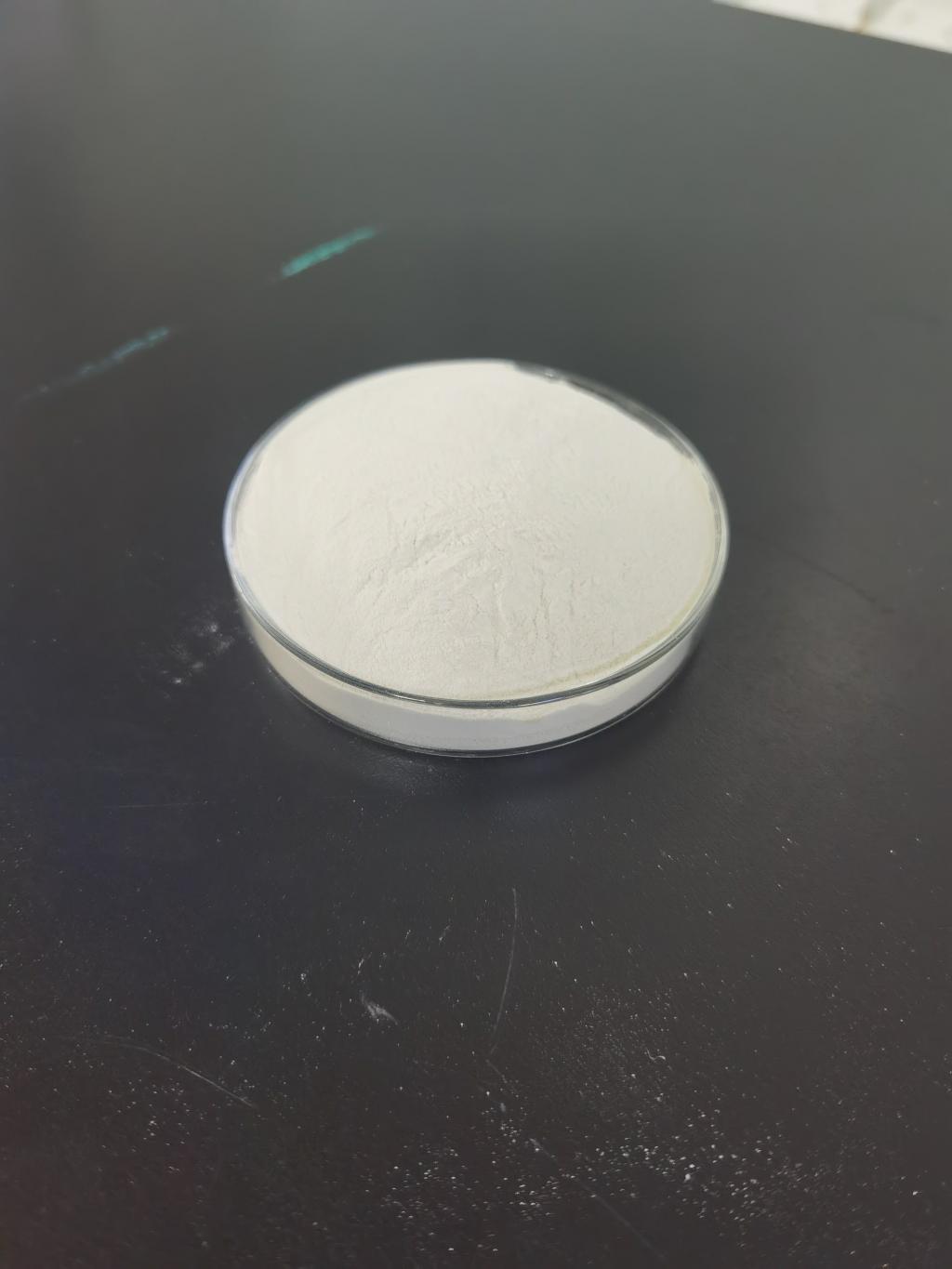Tel:+8618231198596

News
 CONTACT
CONTACT
 CONTACT
CONTACT
- Linkman:Linda Yao
- Tel: +8618231198596
- Email:linda.yao@dcpharma.cn
- Linkman:CHARLES.WANG
- Department:Overseas
- Tel: 0086 0311-85537378 0086 0311-85539701
News
Current Position:
Home >
News
>Nisin's use in controlling microbial growth in food waste recycling processes.
Nisin's use in controlling microbial growth in food waste recycling processes.
TIME:2024-06-06
Understanding Nisin:
Nisin is a bacteriocin produced by strains of Lactococcus lactis, known for its potent antimicrobial properties against a wide range of Gram-positive bacteria, including foodborne pathogens and spoilage microorganisms. Approved for use as a food preservative, nisin is safe, effective, and biodegradable, making it suitable for various applications in food waste recycling.
Mechanisms of Action:
a. Disruption of Cell Membranes: Nisin interacts with lipid II, a precursor in bacterial cell wall synthesis, leading to pore formation and membrane disruption, ultimately causing bacterial cell death.
b. Inhibition of Spore Germination: Nisin can also inhibit the germination of bacterial spores, preventing their proliferation and reducing the risk of contamination in food waste recycling processes.
Applications in Food Waste Recycling:
a. Odor Control: Incorporating nisin into food waste composting or anaerobic digestion processes can suppress the growth of odor-causing bacteria, reducing malodor emissions and improving workplace conditions.
b. Pathogen Reduction: Nisin's antimicrobial activity helps mitigate the risk of pathogen contamination in food waste recycling facilities, ensuring the safety of workers and preventing the spread of foodborne illnesses.
c. Quality Enhancement: By inhibiting microbial growth and activity, nisin preserves the nutrient content and quality of compost or biogas produced from food waste, enhancing their value as soil amendments or renewable energy sources.
Advantages of Nisin in Food Waste Recycling:
a. Sustainability: Nisin's natural origin and biodegradability align with sustainable waste management practices, minimizing environmental impact and promoting resource recovery from food waste.
b. Efficiency: Nisin's rapid and broad-spectrum antimicrobial activity enables effective control of microbial growth in food waste recycling processes, reducing processing time and enhancing productivity.
c. Safety: Nisin's approval for use in food and water treatment by regulatory agencies worldwide ensures its safety for workers, consumers, and the environment in food waste recycling applications.
Implementation Considerations:
a. Dosage Optimization: Determining the appropriate concentration of nisin required to achieve effective microbial control in food waste recycling processes depends on factors such as waste composition, processing conditions, and desired outcomes.
b. Compatibility with Existing Technologies: Integrating nisin-based interventions into existing food waste recycling systems may require adjustments to equipment, protocols, and operational procedures to ensure compatibility and optimal performance.
c. Regulatory Compliance: Adhering to regulatory guidelines and standards governing the use of nisin in food waste recycling is essential to ensure compliance, safety, and public acceptance of recycled products.
Case Studies and Success Stories:
a. Nisin in Food Waste Composting: Studies have demonstrated the efficacy of nisin in reducing microbial populations and suppressing odor generation in food waste composting operations, resulting in improved compost quality and community acceptance.
b. Nisin in Anaerobic Digestion: Incorporating nisin into anaerobic digestion processes for food waste treatment has shown promising results in enhancing biogas production efficiency and reducing pathogen levels in digested residues, facilitating their safe reuse in agriculture or land reclamation.
Challenges and Future Directions:
a. Technology Optimization: Further research is needed to optimize nisin-based interventions for different food waste recycling processes and waste streams, considering variations in microbial communities, environmental conditions, and treatment objectives.
b. Cost-Effectiveness: Assessing the economic feasibility and cost-effectiveness of nisin-based interventions compared to conventional methods in food waste recycling, taking into account factors such as procurement, application, and long-term maintenance costs.
c. Stakeholder Engagement: Engaging stakeholders, including waste management professionals, policymakers, regulators, and the public, in collaborative efforts to promote the adoption of nisin-based solutions for sustainable food waste recycling and resource recovery.
Conclusion:
Nisin presents a promising and sustainable approach for controlling microbial growth in food waste recycling processes, addressing challenges related to odor management, pathogen control, and product quality preservation. By harnessing nisin's antimicrobial properties and integrating it into food waste recycling systems, stakeholders can promote sustainable waste management practices, enhance resource recovery, and contribute to a circular economy model that minimizes waste generation and maximizes resource utilization.
- Tel:+8618231198596
- Whatsapp:18231198596
- Chat With Skype







